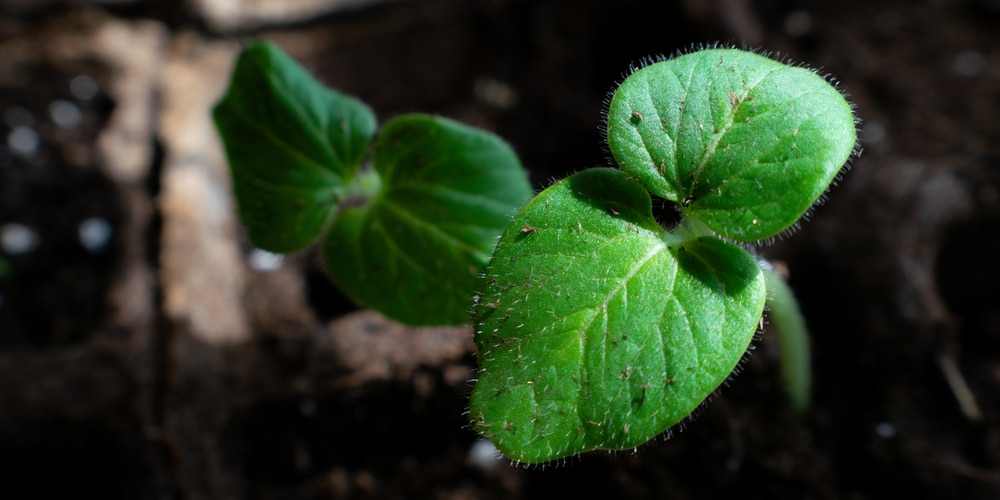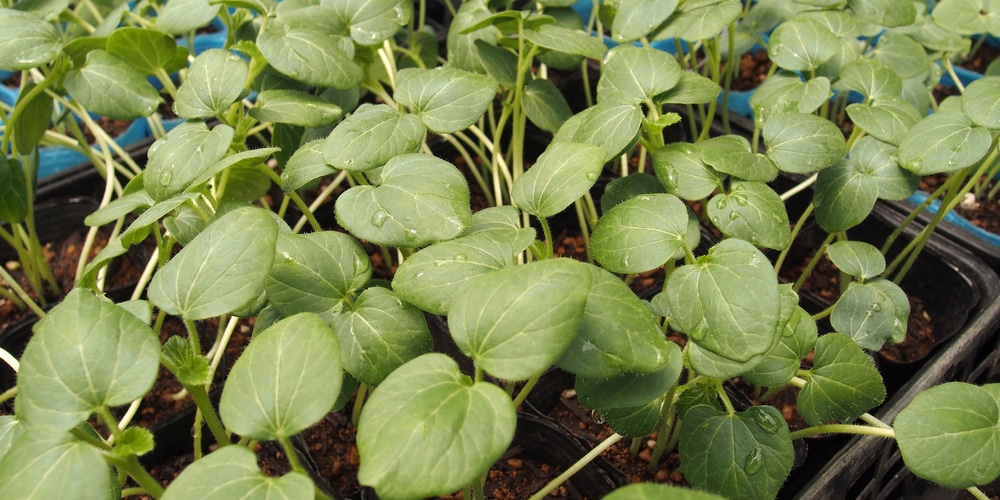Okra grows well in pots because this plant does not take up a lot of space, especially when you plant dwarf cultivars. Some varieties mature fast, which is ideal for the northern areas and their shorter summers. And, of course, they grow well in the soil as long as it is well-draining or loamy yet crumbly.
When to plant okra in South Carolina? Since okra seeds need a soil temperature of 55F, the best time to sow them in South Carolina is between March and May.
People living in the northern cities may have to wait until mid-April to May, while people in USDA zone 8a usually can start planting it from March, depending on the current weather.
Deciding When To Plant Okra In South Carolina
Okra (Abelmoschus esculentus) is an annual plant that loves warm weather, although it is hardy to USDA zone 2a. Why is that? Because okra only needs four months to produce fruits.
The problem with starting okra outdoors is that its seeds do not need a deep furrow. In general, 1 inch is all it takes to give your seeds the best chances to sprout a healthy seedling.
The South Carolina State Climatology Office, on the other hand, reports the current soil temperature. But the sampling they do gives you the 4-inch depth soil temperature. And that may induce you to sow too early. So, as a rule of thumb, it is better to wait for the soil temperature to rise above 57 or 58 before planting your okra seeds.
To decide when to plant okra in South Carolina, you have to factor in the following variables:
- cultivar selection
- drought
- sun exposure
- your location
Dealing With Drought And Water Stress
Central and southern South Carolina can experience severe drought. So, the lack of rain can lead to crop losses and high water use. But the good news is that okra has a long life in South Carolina, meaning you can harvest it after the first frost.
Early sowing can lead to weak seedlings. But it is worth it in the long run. And if your young okra plants yellow and wither because it is not warm enough, remove and replant them. Starting anew will prove beneficial in terms of crop size.
Be sure to check the current U.S. drought monitor conditions to plan your watering ahead of time.
Okra needs well-draining, moist soil, especially in the summer. It is highly recommendable you regularly water your okra plants from the beginning of the flowering period until the end of production to avoid water stress.
And when growing okra in the northern regions, it is better to select a variety bred for a quick harvest like Super Bhindi and Annie Oakley II.
Sun Exposure In Indoor Settings
Most growers prefer to start their Ladies’ Fingers plants indoors and then transplant seedlings outside. If you proceed to sow your seeds in March behind closed doors, put the pots in a South-facing window. Above all, make sure the temperatures stay between 55 and 77 F during germination.
The thermometer can tell anyone when to plant okra in South Carolina. But you will have to deal with the limitations of an indoor setting because okra is an outdoor crop.
Keeping the pots in a non-ventilated spot will favor spider mites. Similarly, remove any weeds inside the container as they will take away nutrients from your vegetable.
These annuals need at least six hours of direct sunlight to grow. So, move them outside as soon the weather allows it.
When watering your potted plants, water them at the base without touching the leaves. In that way, you reduce the risk of infection by powdery mildew and other diseases.
Varying Issues In Different USDA Zones
As a member of the cotton family, okra does not tolerate frost. So, you had better check the first and last frost dates for your area before planting indoors or outdoor.
Thunderstorms can also be a cause for concern in some locations. So, you might want to protect the growing area, especially if you plant okra in raised beds.
For clarity, raised beds are ideal for okra because these plants enjoy the loose, rich soil and do not need too much space to grow. But the lighter medium also means more frequent watering, which may not be ideal for areas with relatively light precipitation.
On this note, average annual precipitation should also suggest when to plant okra in South Carolina. Why?
Because the number of rain days and inches of rainfall are critical factors for farmers having to deal with drought and the increasing water rates.


